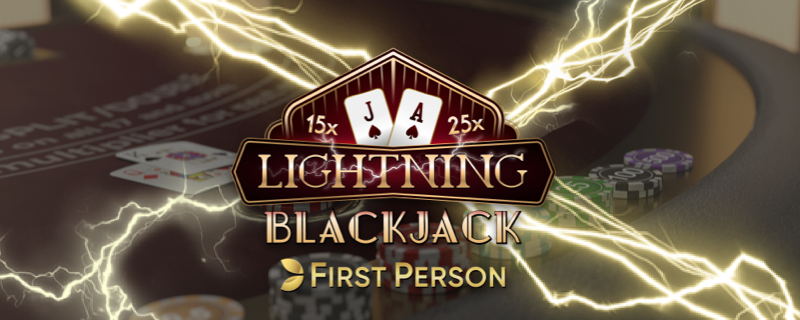PURPLE PUNDIT: Whether he triumphs at Wimbledon or not, Novak Djokovic is the greatest player of the so-called Big Three, and here’s why.
The Grand Slam Totals
If the debate about who is the greatest of out of Roger Federer, Rafa Nadal and Novak Djokovic was settled purely on the number of Grand Slam titles won, then it would be a rather short debate. At the time of writing, Nadal leads the way on 22, whilst both Federer and Djokovic have amassed 20 each. This, however, is a far too simplistic measure of greatness. For starters, Nadal has won 64% (14/22) of his slams on the clay of Roland Garros. This is by far and a way the largest percentage at one venue, with Federer’s eight Wimbledon titles and Djokovic’s nine Australian Opens accounting for 40% and 45% of their hauls respectively. This isn’t to say that the Spaniard is a one trick pony, but more so to emphasize how his tally has largely been boosted by the fact that there’s a slam on the surface upon which he first learned to play.
If you were to remove their favourite slam titles from the equation, then Federer would be on top with 12, with Djokovic one back on 11, whilst Nadal would be left trailing behind on 8. This would make for a totally different conversation. Nevertheless, the facts don’t lie and if you wish to end the debate here then so be it, but we’ll dig a little deeper.
Why Federer Is Not The Greatest
As Federer is the elder statesman of the three, it could be argued that he has had more time than his counterparts to pull away in terms of slams and so failing to do so removes him from the conversation, but again, that would be too basic a premise on which to build a case. What’s more damning for the Swiss superstar is that he is the only one of the trio who has been unable to win each slam twice. His solitary Roland Garros victory in 2009 isn’t enough to equal that of Djokovic’s double, nevermind Nadal’s 14. What’s more, 2009 was the first year that Nadal tasted defeat in Paris, losing out to Robin Soderling in the Fourth Round. It was later revealed that the man from Menorca had been suffering with tendinitis in both of his knees, a problem which would force him to miss Wimbledon only a matter of weeks later.
It’s hard to imagine Nadal failing to make it five-in-a-row at the French Open had he been fully fit, so whilst one can commend Federer for grasping the opportunity to win when it arose, his inability to repeat the feat any year either side of ’09 is a mark against which simply cannot be ignored.
Djokovic v Nadal
With Federer exiting stage left out of this debate, only two remain and it’s hard to split them. Nadal has two more slams but he joined the tour two years prior to his rival. Unlike Federer, Djokovic has beaten Nadal on route to winning the French Open, back in 2021. His other Roland Garros win did come five years earlier in 2016, but once again Nadal fell foul to his body, pulling out of his third round match citing wrist issues.
Moving away from Paris and onto the other slams, Djokovic has three times as many Wimbledons and more than four times as many Australian Opens as Nadal. The latter is ahead in New York, but only just.
|
Aus Open |
R. Garros | Wimbledon | US Open | |
|
Nadal |
2 | 14 | 2 |
4 |
| Djokovic | 9 | 2 | 6 |
3 |
Whilst Djokovic has beaten Nadal in Paris on his way to being crowned champion, the same cannot be said for Nadal in Melbourne. It’s often overlooked, but when Nadal won his first Australian Open in 2009, Djokovic had been forced to retire at the quarter-final stage due to heat stress. Earlier this year, Nadal doubled his Aus Open wins in a tournament which was overshadowed by Djokovic’s absence as a consequence for not taking the Covid-19 vaccine.
Surprisingly enough, the pair have only crossed paths on four occasions at SW19. Djokovic has come out on top in three of those matches, with Nadal’s only win coming in their first clash back in 2007, when Djokovic was forced to retire with an injury.
Meanwhile, at the US Open, they’ve met in three finals with Nadal holding a 2-1 overall record in that regard. When looking at their other successes in New York, injuries are once again a key factor. The two other years when Nadal triumphed both coincided with Djokovic being hurt – missing out altogether in 2017 with an elbow injury, and then retiring from his fourth round match in 2019 with a shoulder issue. Conversely, Djokovic’s clash with Juan Martín Del Potro in the 2018 Final only came to pass as Nadal retired from his semi-final with the Argentinian, albeit the Spaniard was two sets down at the time.
Conclusion
Having ruled out Federer early on in this conversation, the focus of who is the greatest of the three has been placed firmly on Nadal and Djokovic. The Serb has enjoyed a degree of dominance over Nadal at particular moments in their careers – winning seven contests in a row across all competitions between 2011-2012, before going on an 11-1 run from when they met in Beijing in 2013 upto and including their quarter-final clash in Rome in 2016. Nadal on the other hand has only ever managed to string together five straight wins over the current World No.3.
Their head-to-head record also sits in Djokovic’s favour, with him leading 30-29 overall. Add to that his better spread of Grand Slam titles across all four venues, his 2021 Roland Garros win, the aforementioned periods of dominance, and how he’s never lost a completed match at Wimbledon to the left-handed slogger, and you will find the evidence to infer that Novak Djokovic is the greatest of the so-called “Big Three”.









